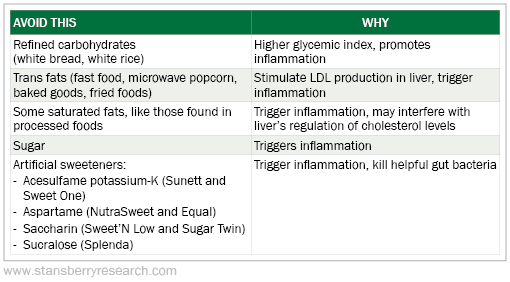Look past the mysterious smile, and you just might notice this facial lump...
Back in 1962 when it was last insured, the Mona Lisa was valued at around $100 million. These days, with inflation and all, that figure has spiked to estimates as high as $870 million.
Most of us might focus on the expression on the subject of Leonardo da Vinci's famous painting.
But for folks in medicine and medical history, they notice a lot more than just that thin-lipped smile... like the light-yellow lump at the inner corner of her left eye.
Of course, historians aren't positive of the identity of the woman posing in the portrait (so we can't really know anything about her health).
But some researchers think that smooth bump is a deposit of cholesterol under her skin, or a xanthelasma. The word comes from a combo of xanthos for "yellow" and elasma for "beaten metal plate" in Greek.
Luckily, these plaques are harmless. But xanthelasma could be a sign of something bigger and insidious underway in your body. And it's not all about having high cholesterol...
First, here's how xanthelasma forms... Each blink squishes the tiny blood vessels, or capillaries, around your eyes. At the same time, the inner lining of your capillaries weakens as we get older. So each blink also squishes out some of the plasma that makes up most of the blood running through those tubes.
Meanwhile, there's the immune cells called macrophages responsible for gobbling up things from foreign invaders to low-density lipoproteins ("LDL," or "bad cholesterol"). (Fun fact: "Macrophage" is a combo of makros, or "big," and phagein, or "eater," in Greek.)
But if macrophages gorge on too much LDL in the plasma, these cells start storing the extra cholesterol. Those cells can turn into foam cells that are found in xanthelasma... and in the plaque buildup in your blood vessels, or atherosclerosis.
So you might think that having xanthelasma means you've got out-of-whack cholesterol numbers... and that you're doomed to have a heart attack.
As it turns out, only half of folks with this skin condition sport high cholesterol numbers. The other half have totally normal cholesterol levels.
And it's believed that inflammation plays a big role...
Studies have shown that inflammation can trigger macrophages to chomp down on more lipids.
What's more, the foam cells can also pump out chemical messages that promote even more inflammation. Foam cells are seen in the chronic inflammation in serious health problems like:
- Type 2 diabetes
- Certain cancers of the kidneys, esophagus, and lungs
- Tuberculosis
- Autoimmune diseases like multiple sclerosis and lupus
This could explain why xanthelasma are associated with diabetes, too, and not solely high cholesterol.
Fortunately, xanthelasma are rare and totally harmless. They don't usually go away on their own and might get bigger. So some folks might get them removed for cosmetic reasons. Removal options include cutting them out in surgery, along with lasering, freezing, or chemically peeling them off with acid.
Whether you're worried about xanthelasma or heart disease and diabetes, I recommend not just keeping an eye on your cholesterol but also on inflammation triggers in what you eat.
Get your cholesterol levels checked with a simple blood test called a lipid panel if you haven't had one yet.
And at the same time, focus on cutting out proinflammatory foods in your diet. Do what I do... Limit and/or avoid these foods:

(Retirement Millionaire subscribers should check my May issue for more tips on foods you shouldn't avoid. I also shared everything you need to know about cholesterol. Don't have a subscription? You can sign up right here.)
You might have noticed that I didn't mention avoiding eggs.
Eating (or avoiding) eggs and other cholesterol-rich foods won't change your numbers. All that matters is the cholesterol produced by your liver.
And eating the wrong foods – whether they contain cholesterol or not – will cause your liver to make too much bad cholesterol... especially the highly inflammatory triglycerides.
What you really need to watch out for are simple carbohydrates and processed foods.
A 2015 study in the journal Cell showed that eating processed food with trans fats triggers a protein in our livers called PGC-1 beta. This protein sets off a chain reaction that makes your liver produce more bile acids. That makes sense – you need more bile to break down these foods. And guess what our bodies use to make bile? LDL cholesterol.
In other words, eating processed foods that include trans fats will increase your body's own production of LDL cholesterol.
Similarly, eating simple carbohydrates (like the "white killers" of white bread, white rice, and white sugar) increases your triglyceride levels.
And keep in mind, these same foods trigger chronic inflammation. So cutting down on these foods not only helps lower your cholesterol numbers but keeps your heart healthy, too.
What We're Reading...
- Are there two Mona Lisas?
- Something different: Starving Parisians made bread using this ingredient from the graveyard.
Here's to our health, wealth, and a great retirement,
Dr. David Eifrig and the Health & Wealth Bulletin Research Team
June 18, 2024
